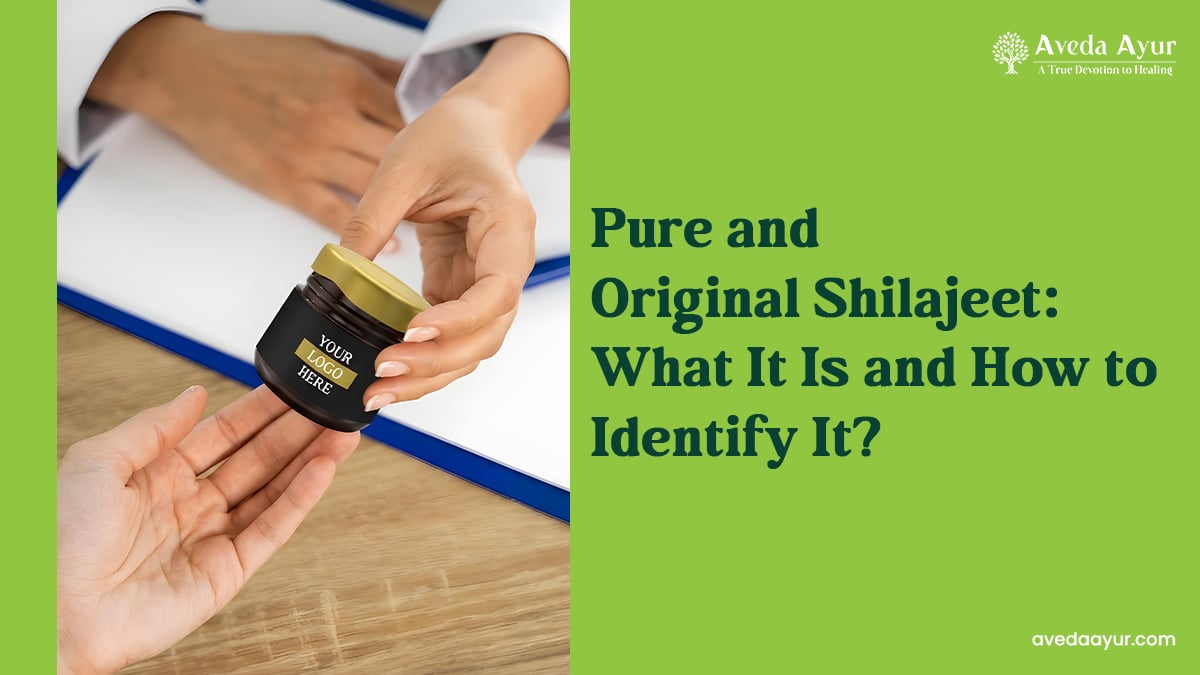Benefits of Bharangi, Medicinal Uses, dosage, and side effect
Bharangi is also known as Glory bower or bag flower or bleeding heart and it is one of the most commonly used herbs for the treatment of allergic rhinitis, chronic sinusitis, cough, common cold, and other related chronic respiratory issues.
This herb also gives a good rhythm to voice and has expectoration activity. Its leaves are useful in increasing appetite and keeping the digestive system healthy. This beautiful plant was discovered thousands of years back by Rishi “Bhrigu”. Its other name is “kasaghni” which denotes that it is the best herb used in respiratory issues.
—-shloka—–

Meaning of shloka
This shloka means that synonyms of bharangi are Bhargi, bhrigubhava, padya, Phanji, brahamanyashtika, Brahmani, angaarvalli, kharshak, and hanjika. It is dry, pungent, astringent and of bitter taste, improves taste, hot, digestive, light and improve digestive fire, treats blood disorders, inflammation, cough, kapha dosha, asthma, cold, fever, and reduces vata dosha.
(Reference- Bhavaprakasha nighantu: haritkyadi varga- page no. 98 and shloka no. 182 and 183)
Botanical name- Clerodendrum seeratum
Family- Verbenaceae
Bharangi Names in different languages
- English name – Blue glory, Turk’s turban moon, and Beetle killer
- Hindi Name- Babhanaiti
- Bengali Name- Bamunhati
- Marathi name- Bharangi
- Telugu Name- Guntubharangi
- Malayalam Name- Kankabharani
- Tamil Name- Parangi pattai, Parangi pattai churnam, Kavali, Parangi
- Gujarati Name- Bharangi
- Kannada Name- Gontu barangi
Synonyms in the Sanskrit language
- Brahmanayastika – its stem is very thin
- Kharashaka- its leaves are very dry
- Padma- the flower of this plant resembles that of lotus
- Other synonyms are- Bhargi, Phanji, Hanjika
Categorization according to classical books
Acharya Charaka- Pureesha sangrahaniya (herbs that increase the bulk of feces)
Acharya Sushruta- Pippalyadi gana
Ashtanga Sangraha (Acharya Vriddha vagbhatta)- Pippalyadi gana
Ashtanga Hridaya (Acharya Vagbhatta)- Surasadi Gana and Arkadi Gana
Morphological characteristics
Bharangi is a perennial woody shrub that has a quadrangular stem. Its flowers are slightly fragrant, pale blue pinkish, and grow in bunches. At its node three leaves are over in shape, 3 to 8 inches long with having sharp thorns. These thorns are pulpy as well as oily. The fruits of this plant appear in a group of 16 and when ripen their color changes from green to purple-black. The flowers bloom in the summer season and fruits appear at the end of the rainy season.
Bharangi is native to tropical and warm regions all over the globe. There are about 150 to 450 species of this herb is cultivated all over the world. It is mainly grown in warm temperate regions and found in Southern Asia, South Africa, Northern Australia, America, Malaysia, Sri Lanka, and India. In India, it is cultivated in various regions like the Himalayan region, Bihar, West Bengal, and Bhopal.
Chemical constituents
Scutellarein, uncinatone, Hispidulin, pectolinaigenin, 7-0 glucuronides, etc
Ayurvedic properties of Bharangi
Rasa (taste)- Katu (pungent) and Tikta (bitter)
Guna (qualities) – Laghu (lightness) and Rooksha (Dryness)
Vipaka (Undergoes taste conversion after digestion)- Katu (Pungent)
Veerya (Potency)- Ushna (Hot)
Effect on Tridosha (Action)- Balances Vata and Kapha dosha.
Medicinal uses of Bharangi according to Ayurveda
Kaphapaha- works as a mucolytic that breaks down mucus and expels it out of the lungs
Gulmahara- used to treat abdominal tumors
Jvarahara- helpful in treating fever
Shwasahara- helps in treating asthma and other chronic respiratory disorders.
Vatarakta- helps to treat gout related issues
Peenasahara- treats allergic rhinitis
Therapeutic uses of Bharangi
Skin health
Bharangi shows effective results in clearing skin because of its antioxidant property. Juice of Bharangi leaves can be used as a local application to get relief from skin-related issues like boils, burns, itchy skin, redness, etc. Regular use of Bharangi for skin proves helpful.
Respiratory issues
Bharangi works as a natural mucolytic agent that breaks down the mucus and expelled it out from the lungs. This herb also shows good results in patients who are suffering from asthma, tuberculosis, rhinitis, etc.
Herpes infection
Because of the anti-inflammatory property, bharangi helps to reduce inflammation which is the main symptom of herpes infection. The analgesic effect of bharangi also reduces pain around cold sores.
Headache and fever
Roots of bharangi can be used in the form of paste for local application overhead and it will provide relief from mild to intense headaches. Due to antibiotic action, it also lowers the body temperature and can be used mainly in case of hyperpyrexia or malaria fever.
Wound healing
The Antiseptic and anti-inflammatory property of bharangi helps to kill or stop the growth of microbes over the skin and also treats inflammation naturally. The paste of its leaves is applied on the affected part because of this it works as a wound healer that heals non-healing wounds quickly.
Joint pain and lymphadenopathy
Various joint-related disorders can cause immense pain and discomfort in the joints. It can also restrict the ability of a person to move joints. As bharangi works as a natural analgesic and anti-inflammatory so it helps to reduce pain as well as inflammation and improves the movement of joints. It also provides relief in lymphadenopathy by reducing swelling of the lymph nodes.
Worm infestation
A decoction prepared with the leaves of bharangi helps to kill warms and get rid of their infestation, particularly intestinal worms.
Part used- Leaves and Root
Dosage of Bharangi- 3 to 6 grams (powder)
Side effects of Bharangi-
There are no side effects known.
Conclusion
From this article, it is concluded that bharangi shows good results in the case of respiratory disorders like asthma, allergic rhinitis, common cold, cough, etc. because of the mucolytic property. It also shows good results in case of joint pain, lymphadenopathy, malaria fever, worm infestation, etc. There are no known side effects are seen but pregnant ladies and lactating mothers should consult the doctor before using bharangi.
FAQ
Who should not take bharangi?
There are no contraindications known of this herb. But pregnant women and lactating mothers should consult the doctor before using bharangi.
How much to consume Bharangi?
You can consume about 3 to 6 grams of bharangi in a divided dose per day.
Note: Our purpose is to serve useful information related to bharangi’s benefits, dosage, and other properties. It is advised to the patients not to consume this on the basis of this information. Before taking it as a medicine, it is better to have an expert opinion because dosage and treatment vary from patient to patient depending on their symptoms and medical history.
Doctor Consultation Online: Get Personalized Consultation
At Life Aveda, we provide personalized online doctor consultations. In this, a doctor discusses the medical history of patients, does the root analysis on causes. After the deep analysis doctor suggest the necessary medication to the patient. To book a Consultation call on us at +91 7743002520 or click on the button to schedule an appointment with our expert doctors.
We Care For Your Health
- 100% PRIVACY PROTECTION
- VERIFIED DOCTORS
- QUICK RESPONSE
More Articles To Read
- Health Benefits of Cardamom, Overview, Medicinal Uses, Dosage, and Side Effects
- Health benefits of Chandan (Sandalwood), Overview, medicinal uses, dosage, and side effects
- Health Benefits of Manjistha, Medicinal Uses, Dosage, and Side effects
- Health Benefits of Moringa Oleifera (drum stick), Overview, Uses and Side effect










